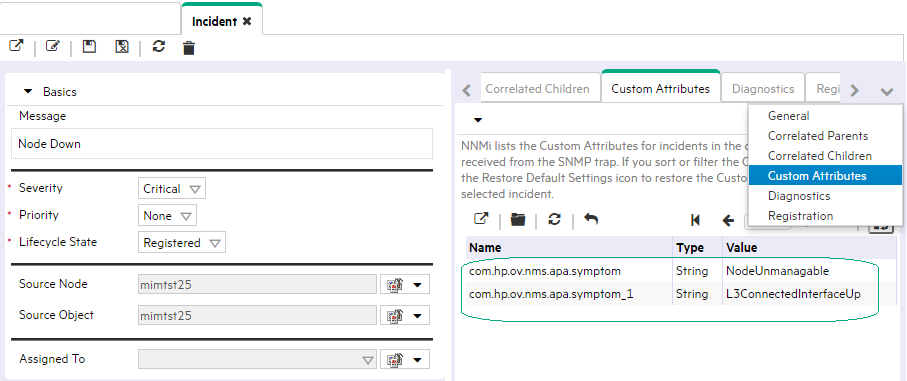Searching the Help
To search for information in the Help, type a word or phrase in the Search box. When you enter a group of words, OR is inferred. You can use Boolean operators to refine your search.
Results returned are case insensitive. However, results ranking takes case into account and assigns higher scores to case matches. Therefore, a search for "cats" followed by a search for "Cats" would return the same number of Help topics, but the order in which the topics are listed would be different.
| Search for | Example | Results |
|---|---|---|
| A single word | cat
|
Topics that contain the word "cat". You will also find its grammatical variations, such as "cats". |
|
A phrase. You can specify that the search results contain a specific phrase. |
"cat food" (quotation marks) |
Topics that contain the literal phrase "cat food" and all its grammatical variations. Without the quotation marks, the query is equivalent to specifying an OR operator, which finds topics with one of the individual words instead of the phrase. |
| Search for | Operator | Example |
|---|---|---|
|
Two or more words in the same topic |
|
|
| Either word in a topic |
|
|
| Topics that do not contain a specific word or phrase |
|
|
| Topics that contain one string and do not contain another | ^ (caret) |
cat ^ mouse
|
| A combination of search types | ( ) parentheses |
|
Deduplication Comparison Parameters Form (SNMP Trap Incident)
Comparison Parameter values enable accurate identification of duplicate incidents. Custom Incident Attributes (CIAs) are used as Comparison Parameter values. There are two categories of CIAs:
- SNMP trap varbind values (Name = the MIB varbind identifier, Type = asn_*)
- Custom attributes provided by NNMi (Name = cia.*, Type=String). See Custom Incident Attributes Provided by NNMi (Information for Administrators).
The group of available CIAs depends on which incident you are configuring for this Deduplication (for example, CiscoLinkDown). To see which CIAs are available, navigate to an Incident view, double-click an instance of that incident-type to open the Incident form, and navigate to the Custom Attributes tab. The items listed in the table are the CIAs for that particular incident-type. For example, all CiscoLinkDown incidents would have the same group of CIAs shown in the illustration below.
Note You can also use the CIA (varbind) position number.

To specify a CIA to use in the identification criteria for duplicate incidents:
-
 Navigate to the Deduplication Comparison Params form.
Navigate to the Deduplication Comparison Params form.
- From the workspace navigation panel, select the Configuration workspace.
- Expand the Incidents folder.
- Select SNMP Trap Configurations.
-
Do one of the following:
- To create a new configuration, click the
 New icon.
New icon. - To edit a configuration, select a row, click the
 Open icon, and continue.
Open icon, and continue.
- To create a new configuration, click the
- On the form that opens, navigate to the Deduplication tab.
- Locate the Deduplication Comparison Parameters table.
-
Do one of the following to specify which CIA:
- To add a Custom Incident Attribute parameter specification, click the
 New icon.
New icon. - To edit an existing Custom Incident Attribute parameter specification, select a row, click the
 Open icon, and continue.
Open icon, and continue. - To delete an existing Custom Incident Attribute parameter, select a row and click the
 Delete icon..
Delete icon..
- To add a Custom Incident Attribute parameter specification, click the
-
In the Parameter Value field, type (or copy and paste) the exact text string from the Incident form, Custom Attribute tab, Name attribute value:
- NNMi-provided CIA value (see Custom Incident Attributes Provided by NNMi (Information for Administrators)).
- SNMP trap varbind identified by the Abstract Syntax Notation value (ASN.1).
- Click
 Save and Close to save your changes and return to the previous configuration form.
Save and Close to save your changes and return to the previous configuration form.
We welcome your comments!
To open the configured email client on this computer, open an email window.
Otherwise, copy the information below to a web mail client, and send this email to network-management-doc-feedback@hpe.com.
Help Topic ID:
Product:
Topic Title:
Feedback:





